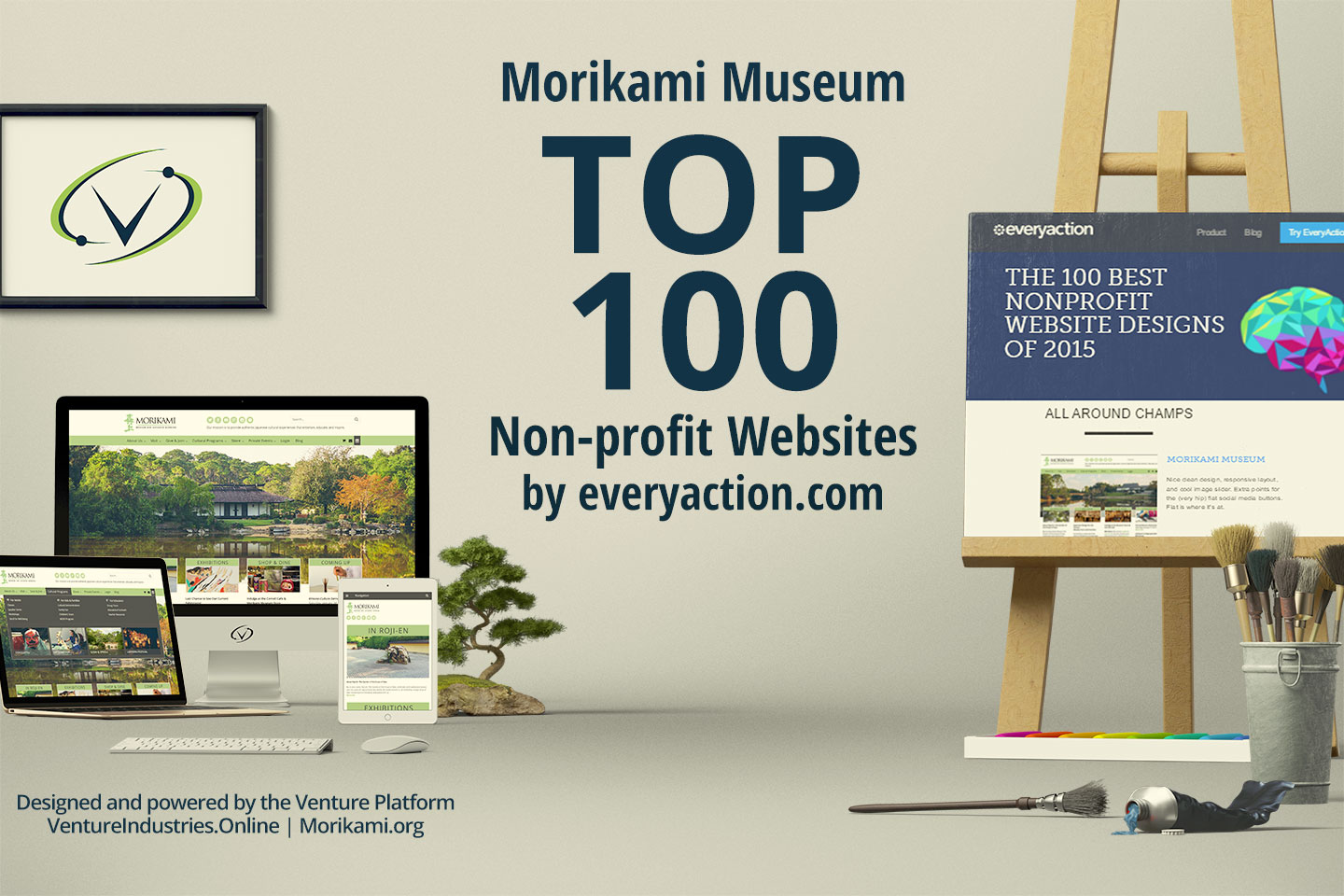Discovery never gets old and one of the real joys in any career is when little ideas turn out to have significant impact. In this instance, discovery came to light in the wake of an existing problem in the field that was exacerbated by the economic downturn: staff turnover.
 It is no secret that turnover can have a debilitating impact on an organization’s capacity to develop each department’s respective efficiency. Ideally, when each segment in the administrative machine reaches that point it isn’t unusual for it to begin operating at a level that is higher than the sum of its parts. As such, turnover in key positions can push that progress right back to square one and have a disheartening impact for the remaining administrators.
It is no secret that turnover can have a debilitating impact on an organization’s capacity to develop each department’s respective efficiency. Ideally, when each segment in the administrative machine reaches that point it isn’t unusual for it to begin operating at a level that is higher than the sum of its parts. As such, turnover in key positions can push that progress right back to square one and have a disheartening impact for the remaining administrators.
For smaller budget organizations where entire departments are staffed by only one or two members, turnover is that much worse since institutional memory walks out the door along with the individual’s skills and relationships.
Over the years, I’ve seen the results of this bane in many consulting projects; therefore, when the business plan for The Venture Platform was formed, it was an obvious decision to include as part of the regular support structure solutions to help users marginalize turnover by expanding on the traditional provider role with a more active service presence.
As a result, Venture regularly provides varying degrees of increased direct support during periods when web managers and/or key marketing and IT personnel leave. In order to accomplish this, we have to have a good idea of what a user’s marketing cycle is like as well as a firm grasp of the overall strategy.
For traditional providers, especially those from the technology sector, this sort of support is entirely unheard of; after all, most providers know code but they don’t know about the arts or the unique challenges its administrative professionals face.
But that’s where it made complete sense in Venture’s business plan to marry this understanding and experience with traditional service offerings to produce something that can help arts organizations past these difficult transition periods.
Admittedly, when Venture’s business plan was formed it was such an obvious component to offer that it was mentioned more in passing rather than as a primary sales point.
As it turns out, this has been one of the most valuable aspects of service and we receive regular feedback from executives and department directors thanking us for being able to not only fill in during active vacancies to make sure existing online plans roll out as scheduled but to help provide institutional memory context to incoming replacements.
For example, we had one client with a web manager that had some seriously mad Photoshop skills which she used to create some wonderful email blast templates. At the same time, you had to really know what was going on with them in order to get each campaign looking its best and although the new web manager has equally sharp skill sets, Photoshop wasn’t among them.
As a result, we took the initiative to put together some templates that borrowed from the previous designs but relied less on fitting together wonderfully complex graphic design and style elements and focused more on capitalizing widespread design capabilities. The end result meant that the new web manager could hit the ground running without wasting hours of time trying to figure out the previous templates in order to send the e-blast that was supposed to go out the day before she started.
Now, most potential users don’t see the value in this offering when weighing Venture’s pros and cons; simply put, it is a foreign enough concept that it simply doesn’t come to mind. But they figure it out in a hurry once they join the family of Venture users. Currently, next to the overall level of support and service, this is what we hear from clients about the most.
Upgrade Your Expectations
But how often do arts managers insist on this level of service from all of their providers? Why isn’t it a cornerstone of expectations? Why isn’t it included in the list of requirements when crafting a request for proposals?
Part of the reason seems to be habit combined with previous expectations; for instance, providers rarely offer this sort of support without simultaneously attaching huge, and unjustified, price tags. Moreover, most arts orgs are simply used to being left to their own devices. “You lost your marketing director? Sorry to hear that but too bad, what do you want us to do about it?”
It doesn’t need to be this way and all it takes to begin making things better is to inject higher expectations into service provider relationships. Granted, you don’t want to enter the discussion with unrealistic expectations but a good first step is to begin asking potential providers how they can help mitigate turnover. Why is it worthwhile to use their service, what do they know about your segment of the overall arts management field, and how can they leverage that into mutually beneficial service offerings?
In this post, we’ve been examining the issue as it intersects the area of your institutional web site but your task today is to identify additional areas within your administrative network that can benefit from this approach. Think of it like a mini-administrative audit combined with contingency planning.
Take Action
First, identify your service providers and their points of contact where staff turnover can intersect. Next, attempt to determine if there might be some way for the service provider to help pick up some of the vacancy slack and ease the overall transition. Finally, contact your current provider and run the turnover scenarios past them and ask about what they can do to help within the framework of your existing service contract.
If those answers don’t meet your new levels of expectation, see about modifying the agreement and if needed, consider finding a new provider.
What sorts of experiences have you had in the past with a provider that went beyond traditional offerings to help marginalize turnover (or something just as serious) and what sort of impact did it have?


